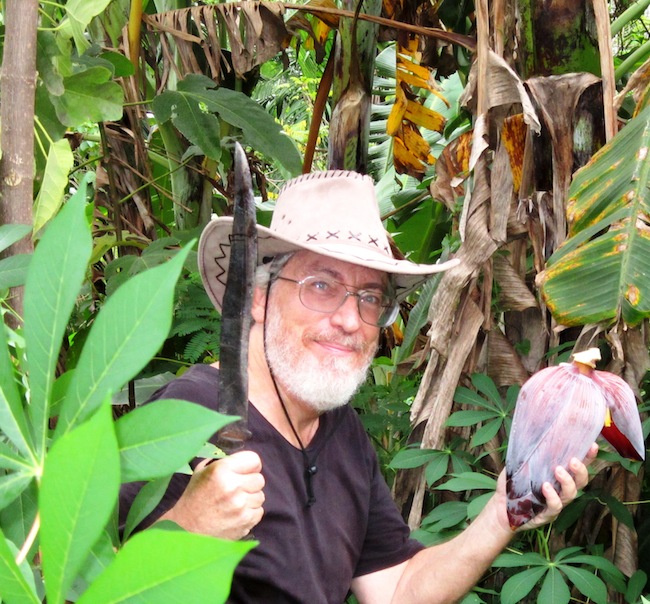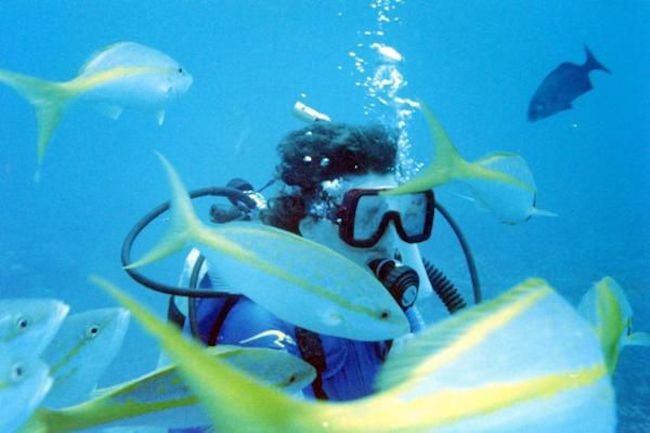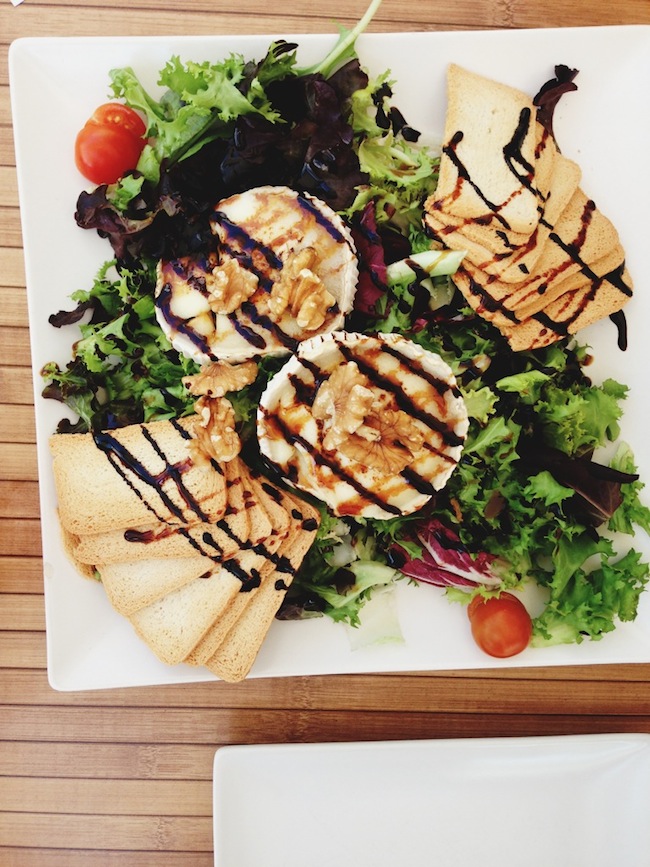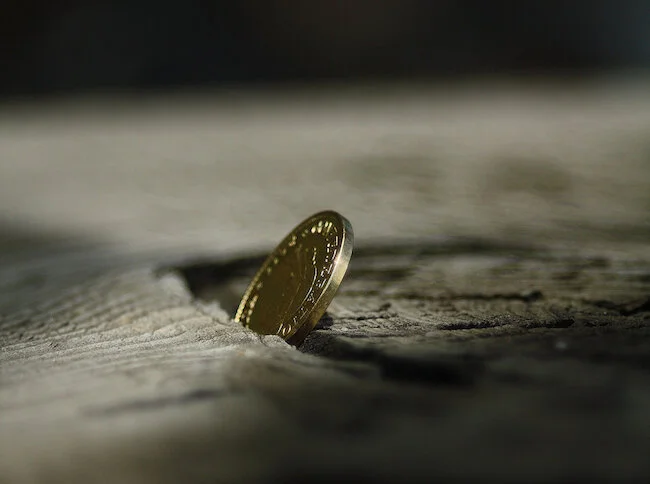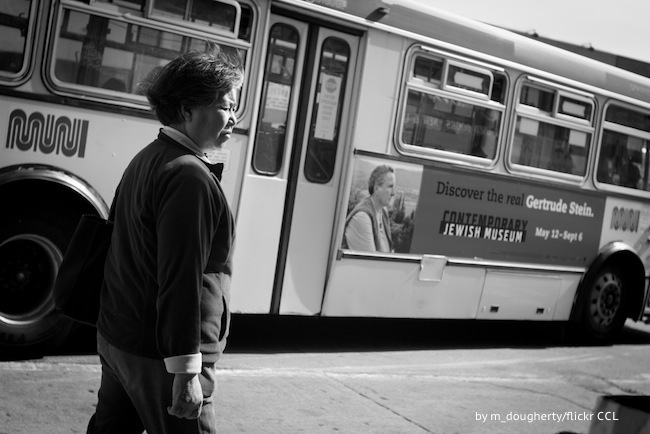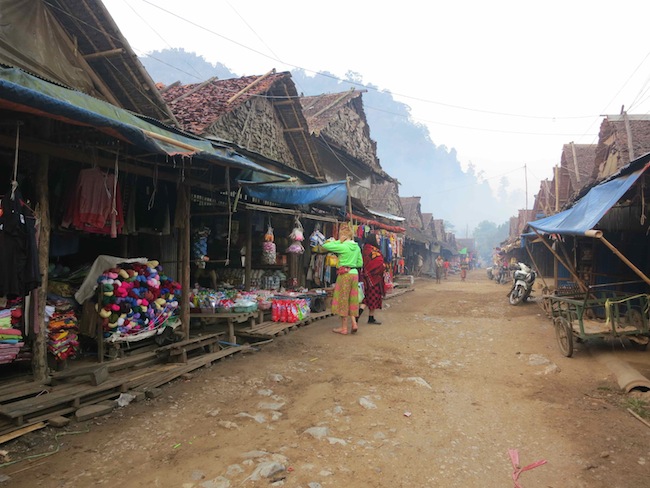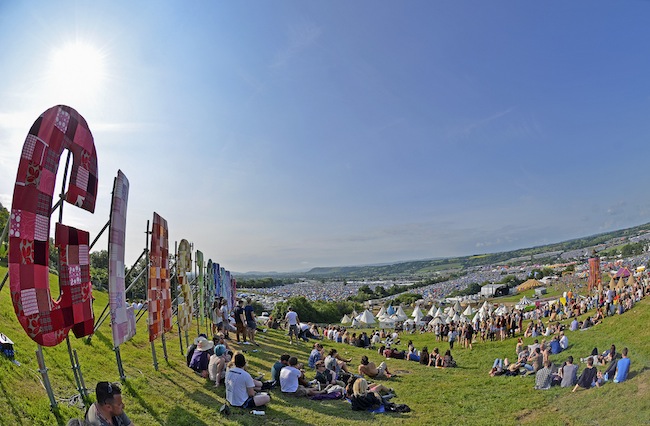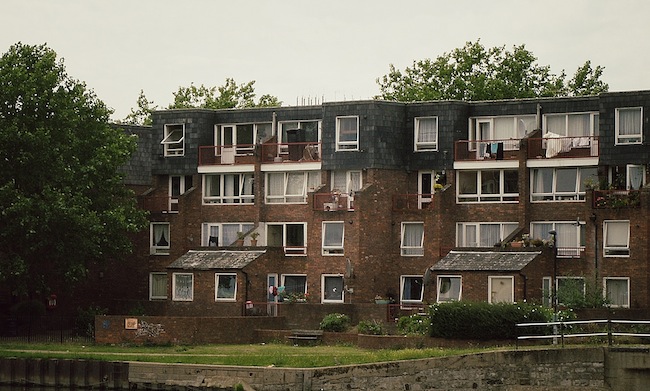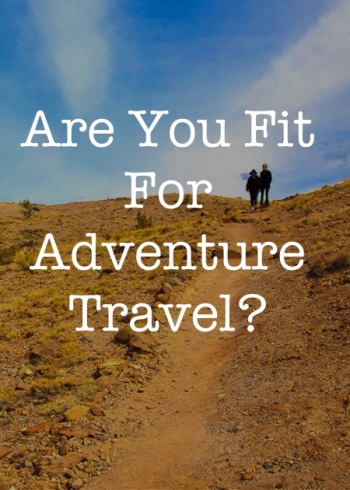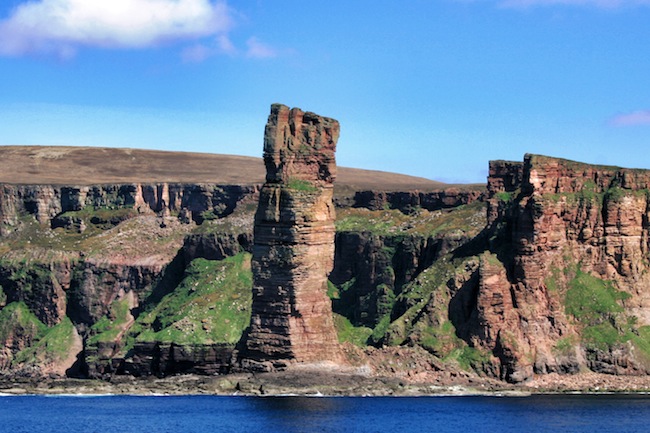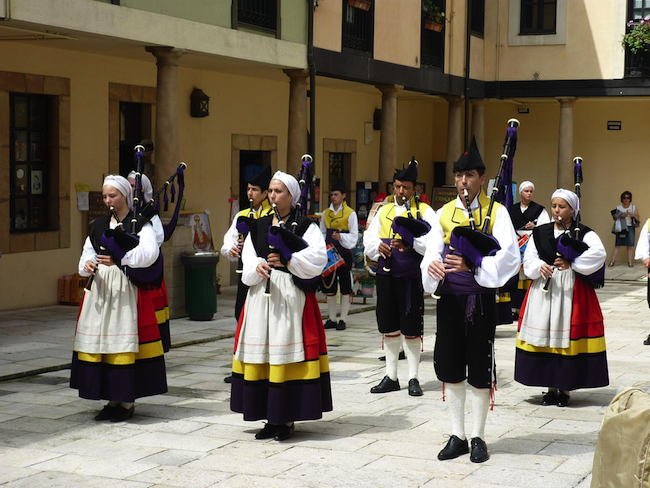story and photos by Charmaine Coimbra
I gasped for air as the constrictor of too much life strangled the air from me. So I took a trip to Death Valley to remove the choking beast.
Maybe it was the funeral I attended the day prior. Or maybe I was ready to take in the nothingness filled with life that colors the 5,219 square mile Death Valley National Park.
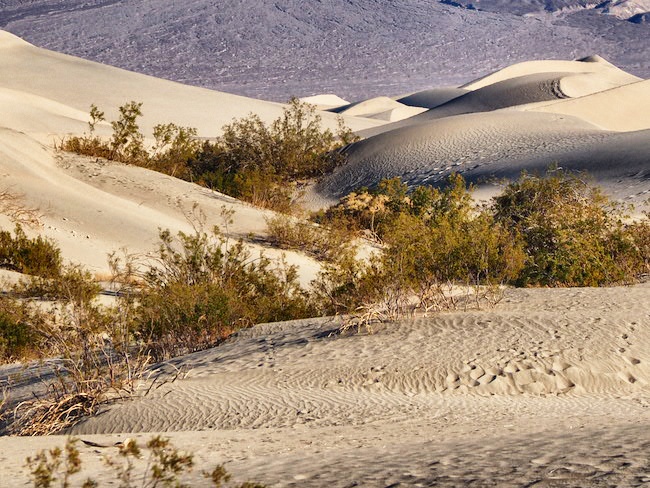
I escaped to three days of rock and sand—like a magic, colorful, sand strata bottle—hoping the trip would restore my soul's battery.
At the funeral, filled with native Californians, I mentioned that I planned to drive to Death Valley in the morning.
“You know, I’ve never gone there,” confessed more than one person.
“Why Death Valley?” another old-time friend asked.
“I can use a desert retreat,” I explained, oblivious to the fact that I was leaving a Death event to go to Death Valley.
“But you live in paradise, a few blocks from the ocean, perfect everything,” my friend countered.
“True. But sometimes I like the stripped down and naked desert. Fewer distractions.”
After a year of personal challenges, I craved a drastic change of scenery. All I wanted was two things: unearthly silence, and minimal human contact.
So I booked The Cottage at Panamint Springs Resort. Sounded like ice tea on a hot day.
